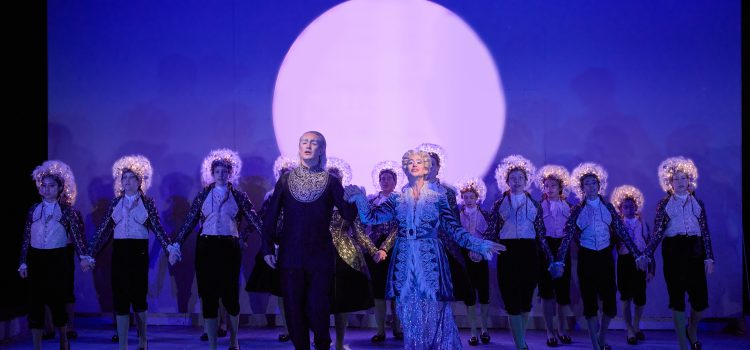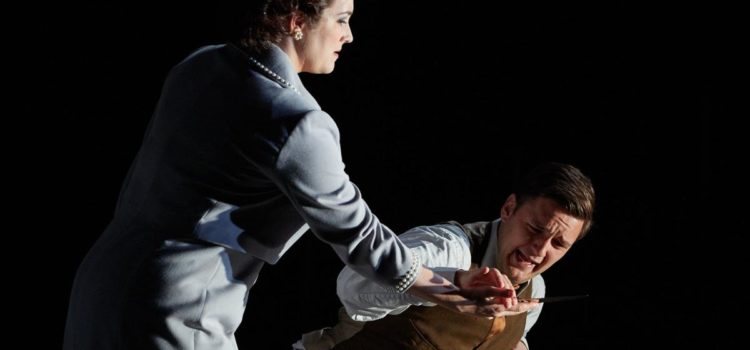By CB Adams
In Opera Theatre of Saint Louis’ shimmering new production of Benjamin Britten’s “A Midsummer Night’s Dream,” the familiar Shakespearean tale is reborn with a rare blend of musical precision, visual poetry and theatrical wit.
Under the baton of maestro Leonard Slatkin and the direction of Tim Albery, this staging is less a retelling than a re-enchantment—an immersive journey into a world where fairies glide, lovers quarrel and rustic clowns stumble through tragedy with comic brilliance.
The production is anchored by a cast of world-class singers and actors, each bringing nuance and vitality to their roles. The creative team, led by designer Emma Kingsbury, conjures a forest that breathes and transforms while the children’s chorus and mechanicals add layers of charm and humor.
What follows is a breakdown of the production’s key contributors—principal cast, lovers, mechanicals, fairies and creatives—each of whom helps weave this dream into something unforgettable.
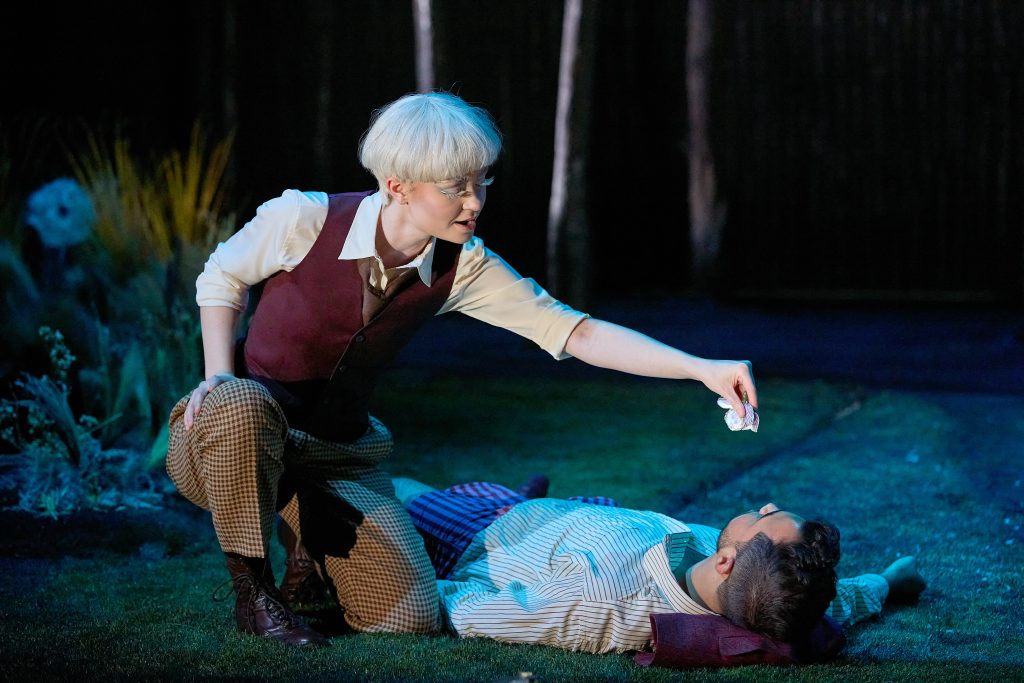
Principal Cast
The heart of Britten’s dreamscape lies in the ethereal authority of its fairy royalty. Oberon and Tytania, portrayed with vocal finesse and dramatic poise, anchor the supernatural world with a sense of grandeur and mystery. Puck, though silent in song, is a kinetic presence who threads the narrative with mischief and grace.
- James Laing – Oberon: A commanding OTSL debut, Laing’s countertenor voice is smooth and powerful, embodying the regal and mystical presence of the fairy king.
- Jana McIntyre – Tytania: Also making her OTSL debut, McIntyre dazzles with a silvery bel canto soprano, bringing both elegance and emotional depth to the fairy queen.
- Matisse Carmack – Puck: In this non-singing role, Carmack is a kinetic force—quick, agile and mischievous. Her delivery of Puck’s final monologue is masterful.
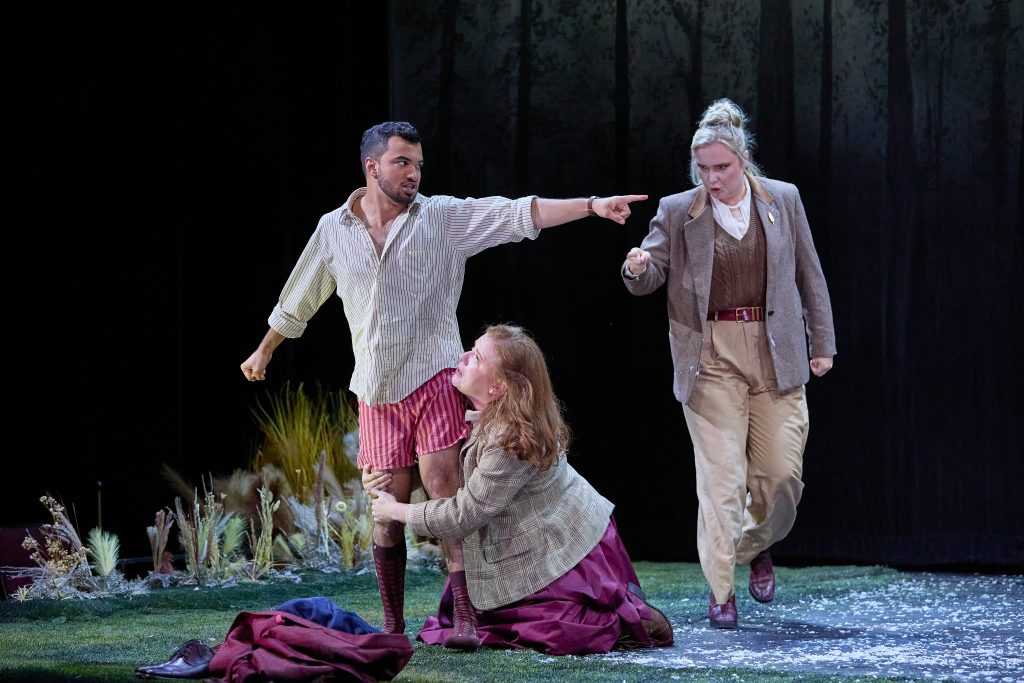
The Lovers
The quartet of young lovers brings emotional volatility and romantic confusion to the forest, their entanglements rendered with vocal clarity and dramatic charm. Each performer navigates the shifting affections and magical manipulations with humor and heart, grounding the opera’s fantasy in human longing.
- Anthony Léon – Lysander: A strong and expressive tenor, Léon brings warmth and charm to the role.
- Jennifer Johnson Cano – Hermia: A returning OTSL favorite, Cano delivers a sterling performance with emotional nuance and vocal richness.
- Theo Hoffman – Demetrius: A standout among the lovers, Hoffman’s powerful baritone is one of the production’s vocal highlights.
- Teresa Parrotta – Helena: Parrotta brings humor and heart to Helena, rounding out the quartet with a vibrant performance.
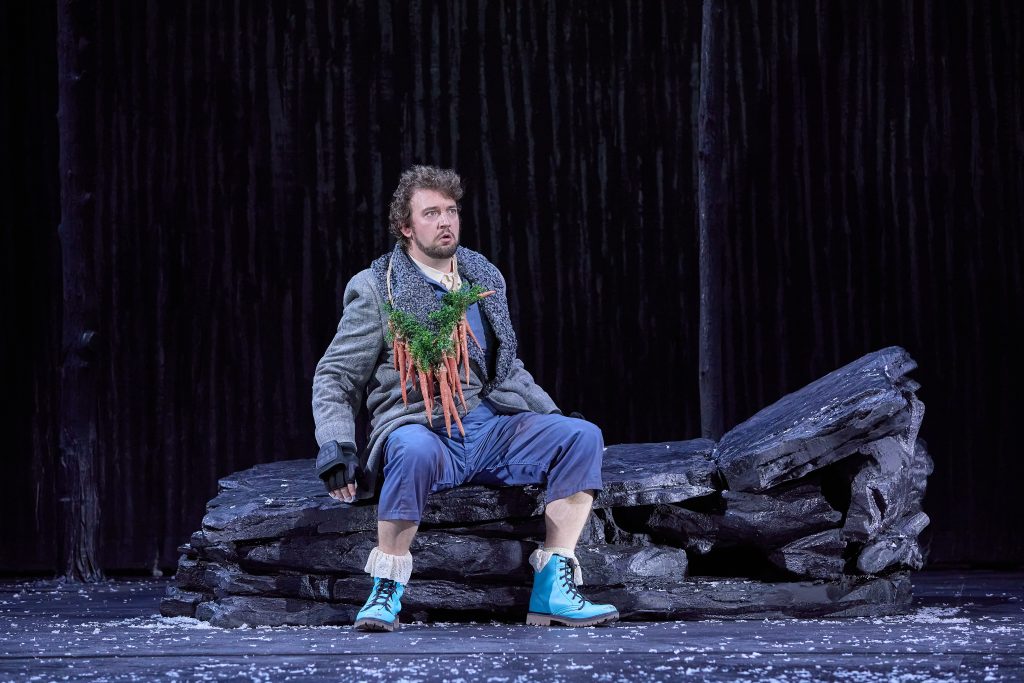
The Rude Mechanicals
Comic relief arrives in the form of the “rude mechanicals,” whose earnest attempt at theatrical tragedy becomes a riotous farce. Their scenes are a masterclass in physical comedy and ensemble timing, with Bottom’s transformation into an ass providing one of the production’s most memorable visual gags.
- Ben Brady – Bottom: A comedic triumph, Brady is hilarious in both human and donkey form. The donkey’s head is described as a miracle of stagecraft—realistic with a moving mouth that allows Brady’s voice to project clearly and powerfully.
- Christian Sanders – Thisbe: Sanders delights with a playful and endearing portrayal of Thisbe.
- Robert Mellon, Dylan Gregg, Adam Partridge, Sam Krausz – Mechanicals Ensemble: This troupe delivers classic low-comic charm, wringing every laugh from their vaudevillian rehearsal scenes.
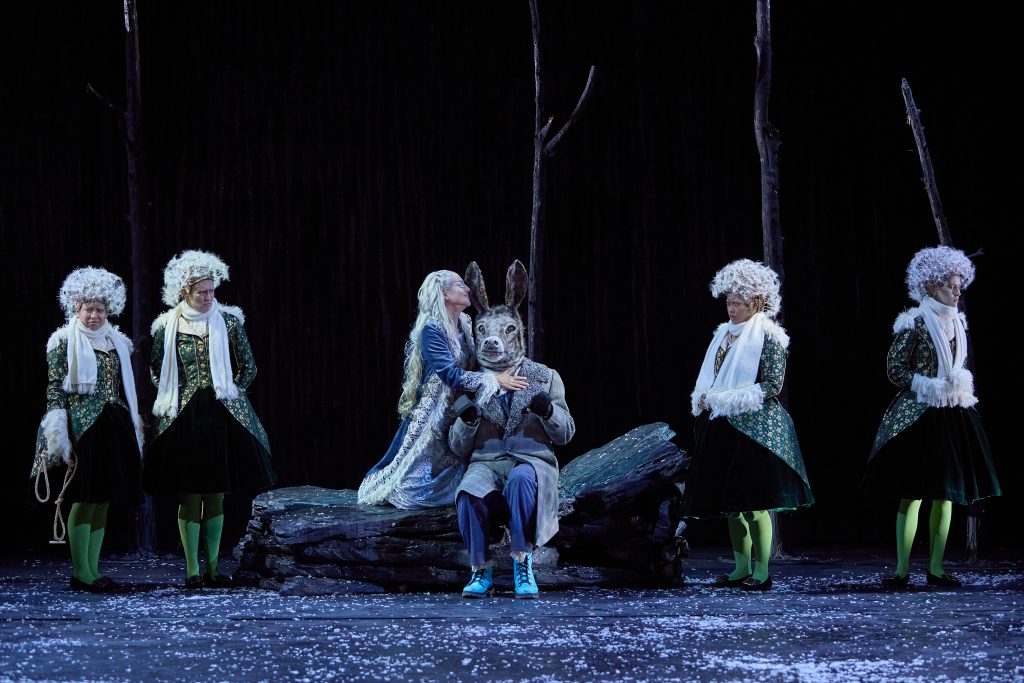
The Fairies & Children’s Chorus
The enchanted forest is populated by a chorus of fairy sprites, led by four charming attendants. Their presence adds a layer of visual and vocal delicacy, transforming the stage into a living, breathing dreamscape. The children’s chorus, under expert direction, brings both innocence and eerie beauty to the production.
- Emily Kealani – Cobweb
- Veronica Siebert – Mustardseed
- Laura Santamaria – Peaseblossom
- Zoe Brooks – Moth: These young performers lead the children’s chorus with grace and whimsy, adding a magical layer to the production.
- St. Louis Children’s Choruses – Fairy Sprites: A visual and vocal delight, these young singers enhance the enchanted forest with charm and precision.
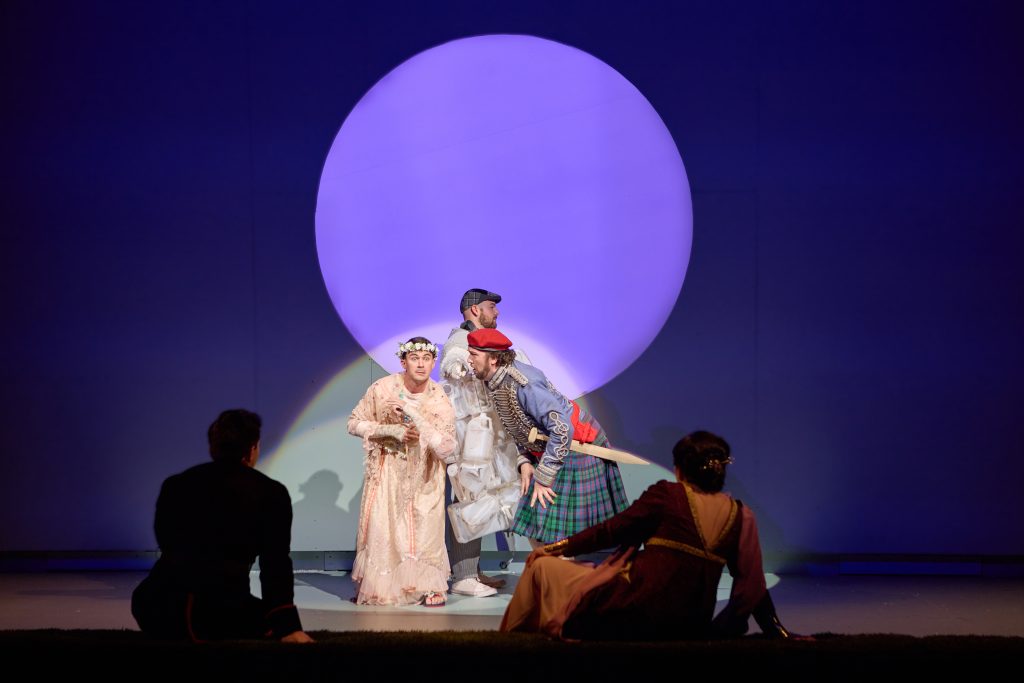
Creative Team
Behind the scenes, a visionary creative team shapes the production’s aesthetic and emotional tone. From the conductor’s podium to the costume shop, each contributor brings a distinct artistry that elevates the opera’s dreamlike world. Their collaboration results in a production that is as visually arresting as it is musically rich.
- Tim Albery – Stage Director: Albery’s minimalist Shakespearean-inspired staging is both magical and emotionally resonant.
- Emma Kingsbury – Scenic & Costume Designer: Her designs are exquisite with transformative sets and timeless costumes that elevate the production’s visual storytelling.
- Krystal Balleza & Will Vicari – Wig & Makeup Designers: Their work is brilliant, especially in crafting the ethereal looks of the fairy realm.
- Seán Curran – Choreographer: Curran’s choreography adds fluidity and charm, enhancing the dreamlike atmosphere.
- Leonard Slatkin – Conductor: A celebrated return to OTSL, Slatkin leads the St. Louis Symphony Orchestra with finesse, bringing Britten’s haunting score to life.
- Andrew Whitfield – Chorus Master: His direction of the children’s chorus is superb, contributing to some of the production’s most enchanting moments.

Cover Photo: Oberon (James Laing), Tytania (Jana McIntyre), and the fairies bless the slumbering household at the end of A Midsummer Night’s Dream. Photo © Eric Woolsey

CB Adams is an award-winning fiction writer and photographer based in the Greater St. Louis area. A former music/arts editor and feature writer for the St. Louis Globe-Democrat, his non-fiction has been published in local, regional and national publications. His literary short stories have been published in more than a dozen literary journals and his fine art photography has been exhibited in more than 40 galley shows nationwide. Adams is the recipient of the Missouri Arts Council’s highest writing awards: the Writers’ Biennial and Missouri Writing!. The Riverfront Times named him, “St. Louis’ Most Under-Appreciated Writer” in 1996.

